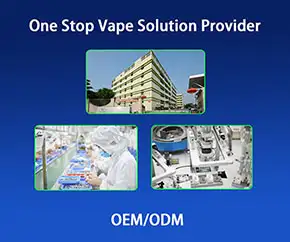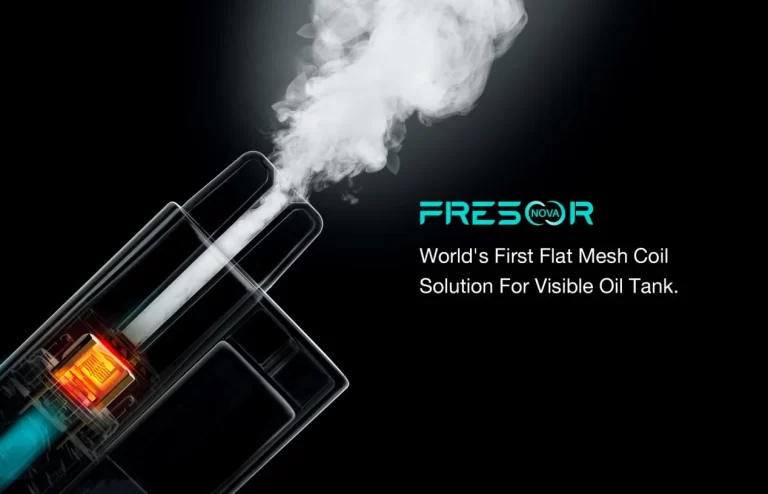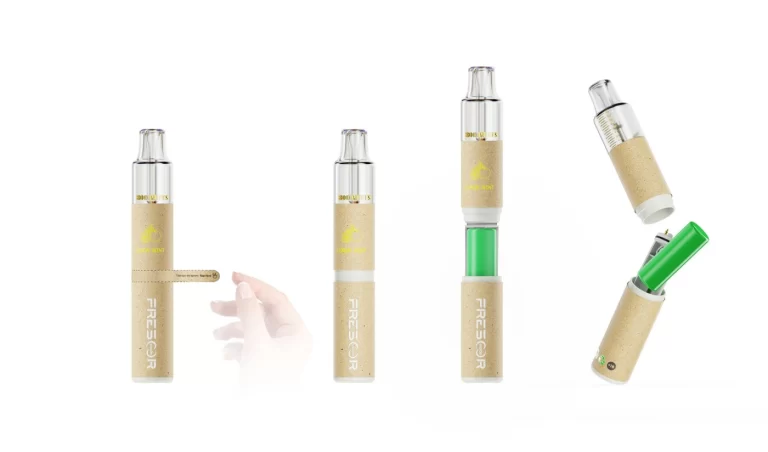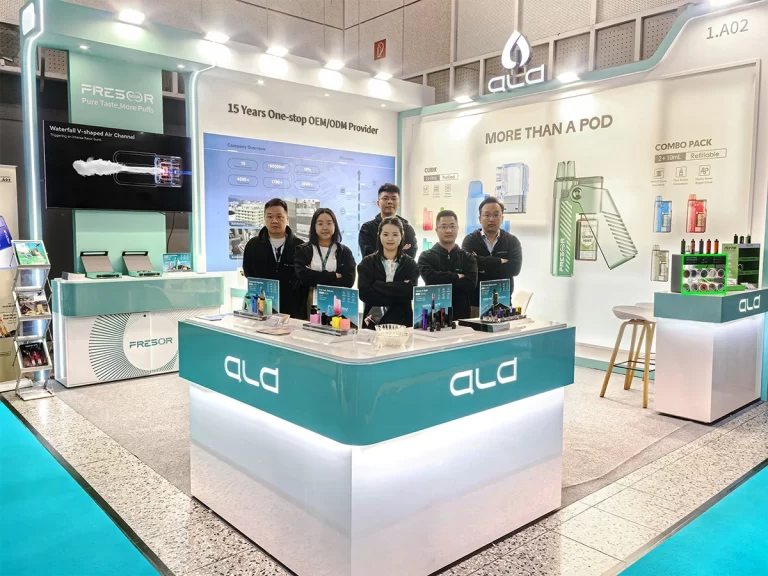The essence of electronic cigarette ceramic atomizing core is a porous ceramic material, also known as pore functional ceramics, which belongs to a new type of ceramic material.
It is sintered at a high temperature after forming and has a large number of interconnected or closed pores in the body. It has the advantages of high-temperature resistance, corrosion resistance, and high chemical stability of traditional ceramics, and also has the characteristics of large specific surface area, low density, adjustable pore size distribution, etc.

SILMO® Ceramic atomizing core of ALD Group
So, how is the porous ceramic substrate of electronic cigarettes prepared?
At present, there are mainly four basic preparation methods, namely, the pore-forming agent method, partial sintering method, template substitution method, and direct foaming method.
1、 Pore-forming agent method
Pore-forming agent method is the most commonly used method, which adds volatile or combustible pore-forming agents to ceramic ingredients, and uses these pore-forming agents to volatilize or burn out at high temperatures to leave pores in the ceramic body.
Common pore-forming agents include organic resin beads, organic fibers, carbon fibers, carbon powder, starch, sawdust, polymethylmethacrylate, methylcellulose, etc.
2、 Partial sintering method
The so-called partial sintering method refers to that in the process of high temperature, the powder particles are connected with each other through diffusion or evaporation coagulation process, but the complete densification is not achieved, and a uniform porous structure is formed between the particles.
The porosity of the porous ceramics prepared by this method is generally less than 50%, and the particles are 2-5 times larger than the pore size, which are mostly used in molecular sieves, water purification membranes, etc.
3、 Template substitution method
Template substitution method, also known as the organic foam impregnation method, the preparation process is to first impregnate the organic foam (usually spongy polyurethane) with the prepared ceramic slurry, and then burn the organic matter and sinter the ceramic body to obtain porous ceramic products.
Sol-gel or colloidal solution can also be used instead of ceramic slurry to dip and coat organic foam.
This method has the advantages of simple process, convenient operation, no complex equipment, and low preparation cost. It is an effective, economical, and practical method for preparing porous ceramics with high porosity (70-95%).
4、 Direct foaming method
The direct foaming method is to produce a dispersed gas phase in ceramic suspension, in which the suspension is generally composed of ceramic materials, water, binder, surfactant and gel agent. This process has been used to produce porous ceramics such as zirconia and alumina, and the porosity can vary between 20-80%.
For example, German researcher Suelenbarg dispersed alkanes into a ceramic slurry, added dispersants to make alkanes form a uniform and stable lotion, and finally made porous alumina ceramic filter with porosity up to 90%.
Comparison of the Four methods
Among them, the application is relatively successful, and the research is more active by adding volatile or combustible pore-forming agents to ceramic ingredients and using these pore-forming agents to volatilize or burn out at high temperatures to leave pores in the ceramic body. According to the pore size, ceramics can be divided into 1000 μ M to tens of microns, 0.3~30 μ M of microporous products, and 0.3 μ M to several nanometers of ultra microporous products. According to the pore-forming method and void, porous ceramics can be divided into foam ceramics, honeycomb ceramics, and granular ceramics, and their corresponding porosity is as follows:
Preparation technology has different effects on the precise control of porous ceramic structure, including the size, shape, and distribution of pore size. The connection strength between aggregate particles determines the strength of porous ceramics, and the relationship between porosity and strength needs to be reasonably coordinated.
Porous ceramics have huge thermal resistance and small volume heat capacity due to their high porosity, low density, and low thermal conductivity. Porous ceramic materials have been widely used in metallurgy, chemical industry, environmental protection, energy, biology, and other fields. In addition to the space shuttle shell insulation, missile heads, filters, and so on, they also play a huge role in the field of electronic smoke.
The ceramic atomizing core is the standard configuration of high-quality electronic smoke at present. It adopts a porous ceramic structure, and its aperture is generally micron or submicron, which is generally called a microporous ceramic atomizing core. In addition to the atomizing core, there is also a kind of ceramic oil guide pipe, which also uses porous ceramics.










